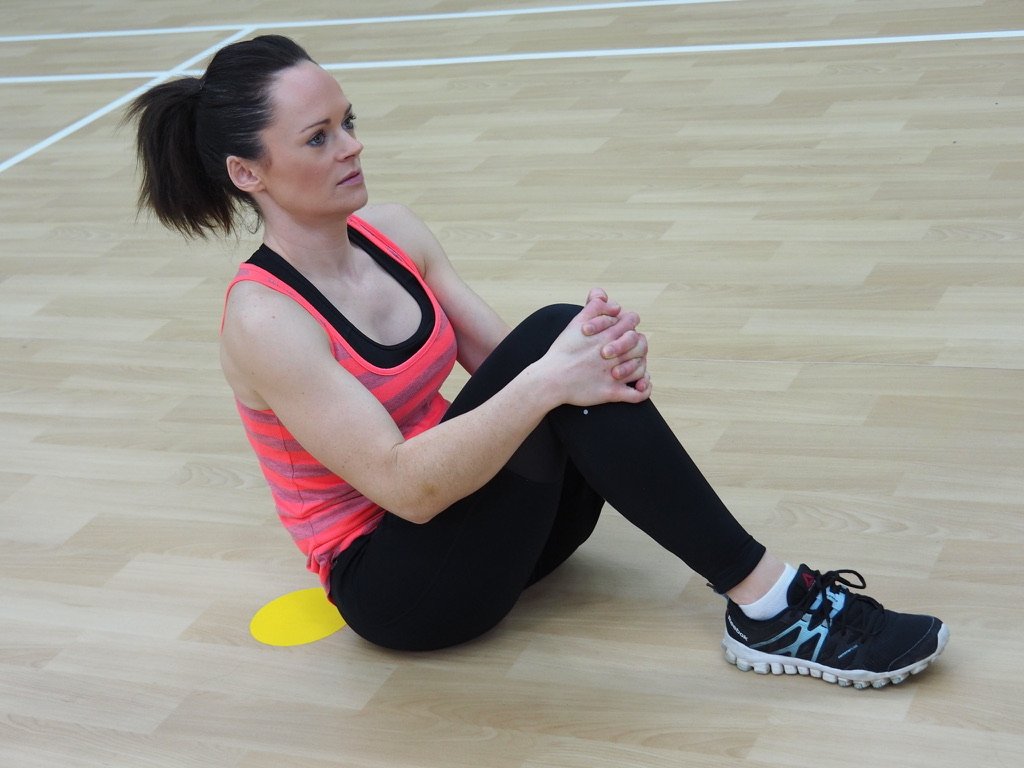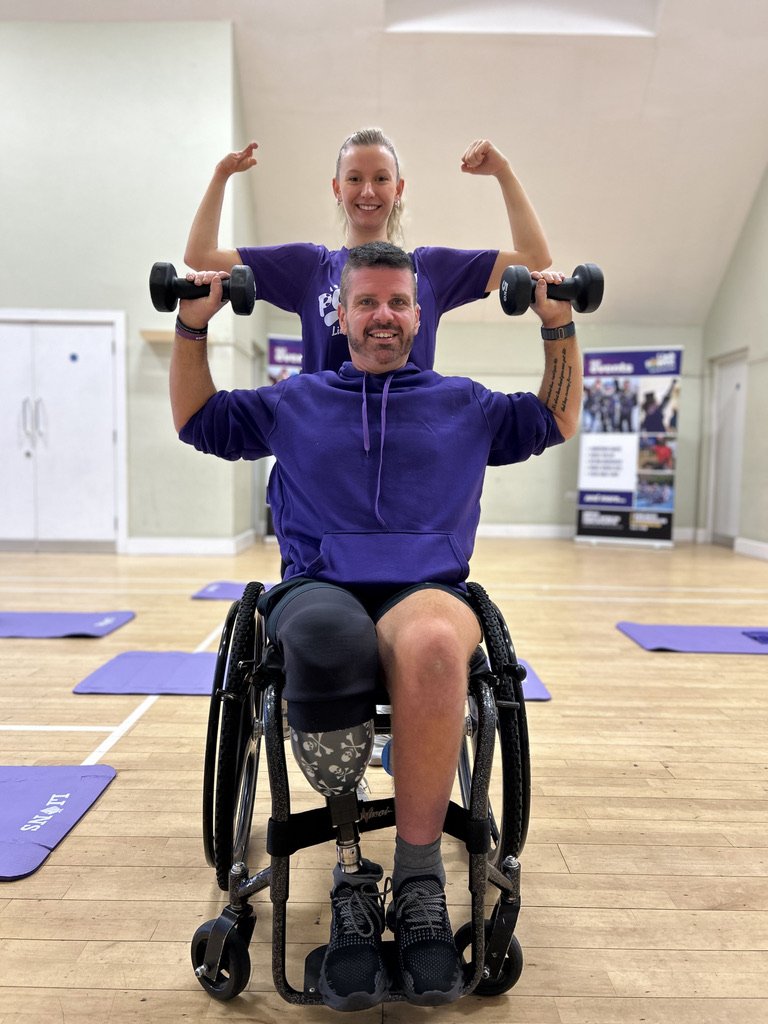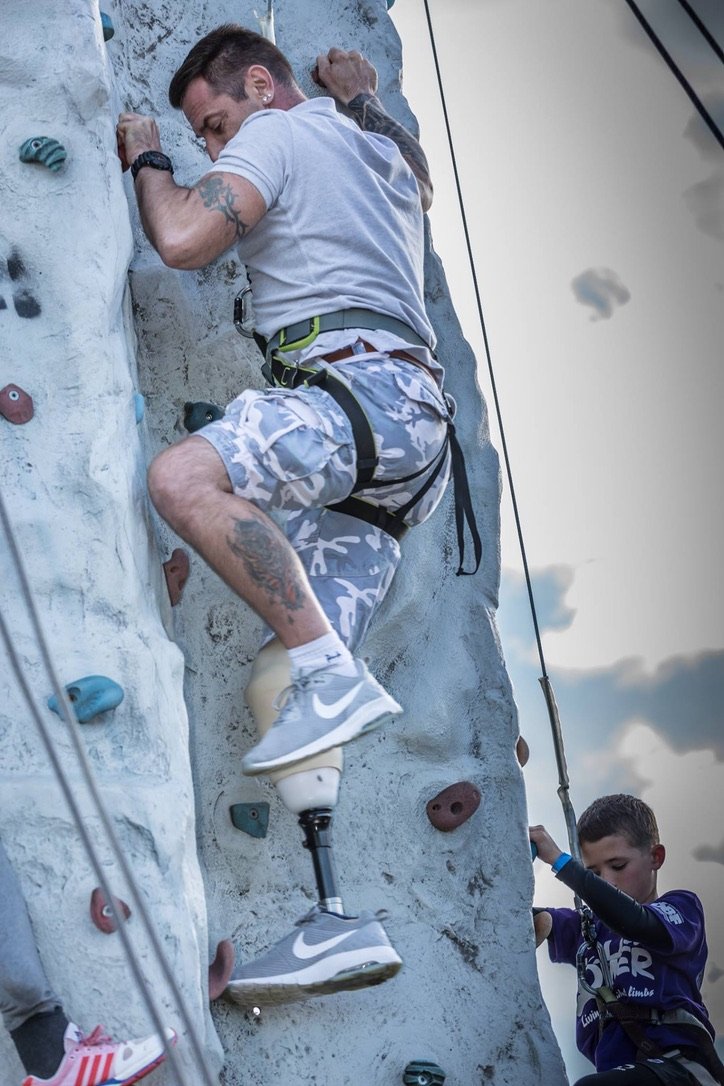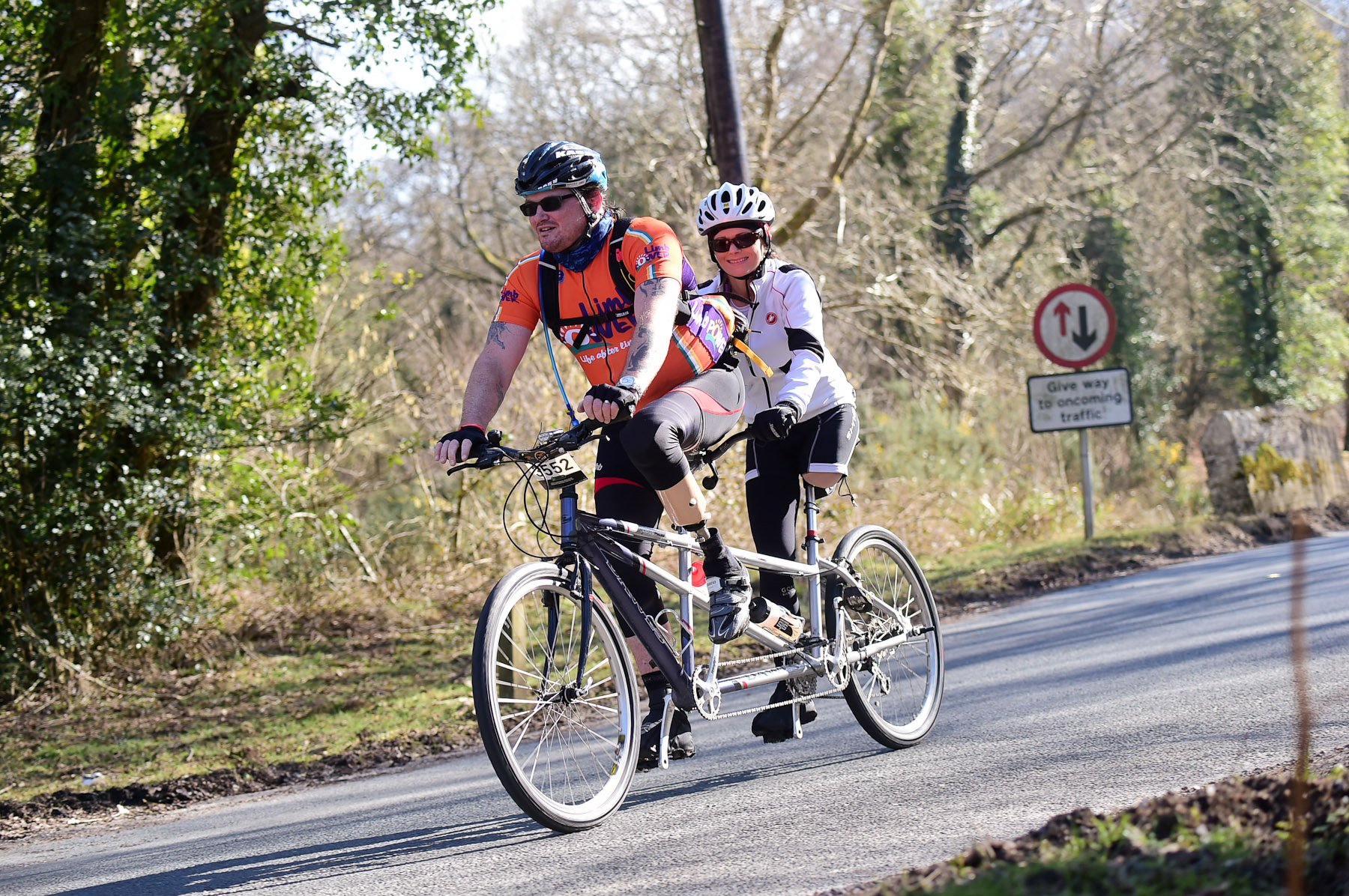Engaging in Physical Activity as an Amputee
At LimbPower, we believe that physical activity is for everyone, including amputees and individuals with limb differences.
Engaging in sports and exercise can improve physical health, boost mental well-being, and enhance social connections. With advancements in adaptive sports and equipment, there are now more opportunities than ever for amputees to participate in physical activities tailored to their needs and interests.
Why is Exercise Important?
Engaging in regular physical activity significantly enhances your wellbeing and helps you live longer. Exercise boosts your mood, increases your energy levels, and self-confidence. It also helps manage your weight, which is important for sustained prosthetic fit and comfort. Additionally, exercising is a fantastic way to socialise and meet others with similar abilities and interests.
If you have not participated in physical activity and sport for a while, it is important to have realistic expectations about what you can achieve and how quickly. Even small amounts of exercise can have meaningful benefits, such as being in nature, spending time with friends, and creating shared memories. LimbPower is here to help! Why not talk to LimbPower’s reVAMP team or our Sports Development Officers for guidance on getting started or ask your limb centre physiotherapist.
Finding the Right Activity
Before choosing an activity, it's essential to evaluate your current physical abilities and interests. Ask yourself what movements feel comfortable, whether you prefer solo activities or team sports, and what sports or exercises you have enjoyed in the past. LimbPower provides guidance on how to adapt activities based on individual needs.
Practical considerations are also important. Depending on the activity, specific prosthetic limbs or adaptive equipment may be required. Consulting a specialist can help determine the best options. Having a network of supportive family, friends, or professionals can make a significant difference. Ensure that the chosen activity is accessible in terms of location and transportation and consider how much time you can dedicate to the activity and set realistic goals.
Planning for Success
Setting goals helps maintain motivation and track progress. Start with small, achievable milestones before progressing to more advanced objectives. For example, you might begin by walking for 10 minutes daily before building up to a 5K, joining a local sports team and committing to regular training, or developing strength and balance through specific exercises.
There are numerous activities suitable for amputees, many of which can be adapted. Walking is an excellent low-impact activity that improves cardiovascular health, and Nordic walking and using mobility aids can enhance stability. Cycling is a great way to boost fitness, with options like hand cycles, recumbent bikes, and power-assisted bikes available for different needs. Running can be facilitated with specialised prosthetic feet and knee joints. Inclusive gyms offer adaptive equipment and tailored workout plans, and programmes like LimbPower’s 12-week reVAMP programme provide structured support. Adaptive sports such as wheelchair basketball, archery, and sitting volleyball cater to a wide range of abilities.




Overcoming Barriers to Participation
Amputees often face various barriers when trying to engage in physical activity. Societal and socioeconomic barriers, physical barriers, psychological barriers, and issues related to awareness and social connection can all play a role. LimbPower helps overcome these barriers by offering free online classes, workshops, and low-cost programmes, connecting participants with adapted sports clubs and specialist coaches, providing tips for using accessible public transport, and offering guides and working with healthcare providers to ensure prosthetic comfort and function.
Building confidence is crucial, and our programmes focus on skill development and self-esteem, fostering a supportive community where everyone can progress at their own pace. We ensure all activities are inclusive and welcoming, reducing feelings of isolation and anxiety. Our pathway programmes guide individuals from rehabilitation to participation and even competition if desired. Joining our regional groups or participating in LimbPower events helps build supportive connections with others who share similar experiences.
Practical Tips for Getting Moving
Staying active doesn’t always mean long workouts. Physical activity can be broken into smaller sessions, such as a ten-minute walk, 15 minutes of weight training, or a ten-minute bike ride. Physical fitness consists of health-based and skill-based components. The NHS recommends a mix of to improve overall well-being. Aerobic activity increases heart and breathing rate, and you should aim for 150 minutes per week of moderate-intensity exercise. Muscle strengthening helps build muscle and improve function, with at least two sessions per week targeting major muscle groups. Balance and coordination support mobility and reduce fall risk, and flexibility training helps maintain mobility and reduces stiffness.
Numerous resources can help amputees and individuals with limb differences connect with sports clubs and events. Platforms like Every Body Moves help locate accessible activities, and many sports organisations offer adaptive programmes. LimbPower events provide an opportunity to try different activities and meet others with similar experiences. Our YouTube channel offers free exercise videos and fitness classes, and the Ottobock Fitness App provides personalised training for amputees.
At LimbPower, we are committed to making physical activity accessible for all amputees and individuals with limb differences. Engaging in exercise is not only possible but also highly beneficial. Whether it’s walking, cycling, running, or adaptive sports, the key is to start small and build confidence over time. Remember, movement is for everyone—find what works for you and embrace the journey!
Disclaimer
Always consult your G.P., Rehabilitation Consultant or other health care professionals before starting any new exercise or fitness program to determine if the programme is appropriate for your ability and your needs.
This is Especially true if you (or a family member) have a history of high blood pressure or heart disease. If you have ever experienced chest pains when exercising or have experienced chest pains in the past month when not engaged in physical activity, smoke, have high cholesterol, are obese, or have a bone or joint problem that could be made worse by a change in physical activity.
Do not start this fitness programme if your G.P. or rehabilitation consultant or other health care professional has advised against it.
Stop exercising immediately if you experience pain, discomfort, soreness in your sound or prosthetic (residual limb) fatigue, light-headedness, dizziness, headache, shortness of breath, blurred vision, nausea or sickness at any time while exercising.


